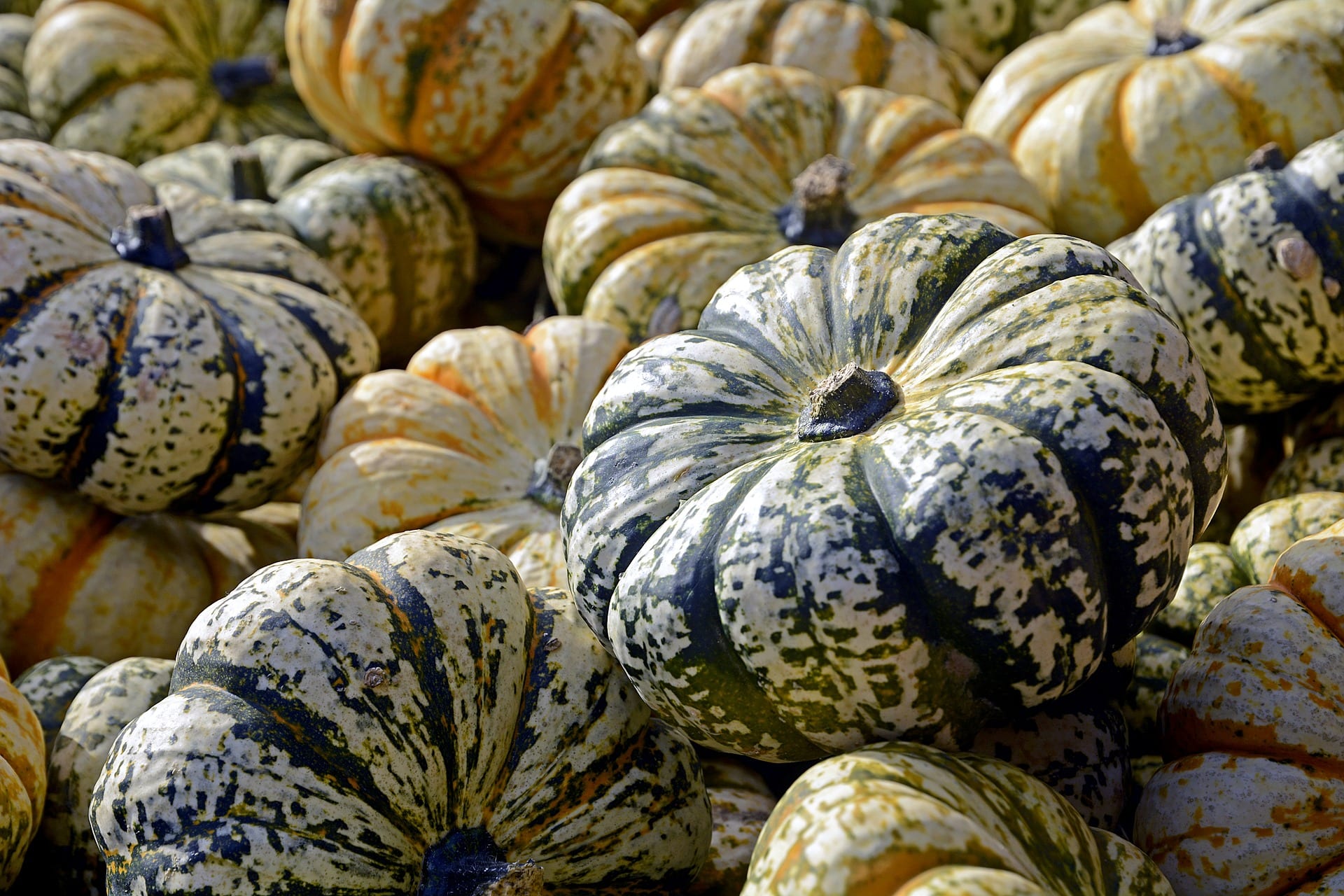The meaning and the way Halloween is celebrated has seemingly changed throughout the years. We consider Halloween as a holiday in which we scare people, dress up in a costume and go to parties. However, that was not the intention of the holiday when it originated.
According to History.com, Halloween started out as early as 2,000 years ago with the ancient Celtic festival of Samhain, in which Celts celebrated their new year every Nov. 1. This celebration marked the end of summer and the harvest, and the beginning of the winter, which was dark and commonly associated with human death. Because of this belief, Celts thought that the transition between seasons meant that the boundaries between our world and the underworld were less stable. As a consequence, spirits and other creatures could come and go from one world to the other. Celtic priests would use the presence of spirits to make predictions about the future, which gave people a source of comfort and direction through the long winter.
According to Irish genealogy, Celts celebrated this event by building huge sacred bonfires. People would burn crops and animals as sacrifices to their deities. Additionally, they would wear costumes that consisted of animal heads and skins to avoid being possessed by ghosts. That was the first time people ever celebrated Halloween.
Later, as Romans conquered Celtic territory, they changed Samhain to “All Saints’ Day,” which was also known as “All Hallows.” The night before when people put offerings as food to appease the spirits was named “Hallow’s Eve.” Hallow’s Eve eventually evolved into Halloween.
One of the most famous traditions, trick-or-treating, originated from the combination of two medieval European practices. One of them was where the needy would beg their dead relatives to give them pastries called soul cakes. The other tradition occurred when medieval children would dress up in costumes and offer a song, poem or joke in exchange for food, wine and money.
As Halloween started becoming more and more similar to what we know today, it became popular in Ireland. Irish immigrants brought that tradition to the U.S. and, in conjunction with Scottish immigrants, they introduced trick-or-treating, as well as other traditions associated with Halloween. So, by the 1950s, Halloween became the family-friendly holiday that is today.


